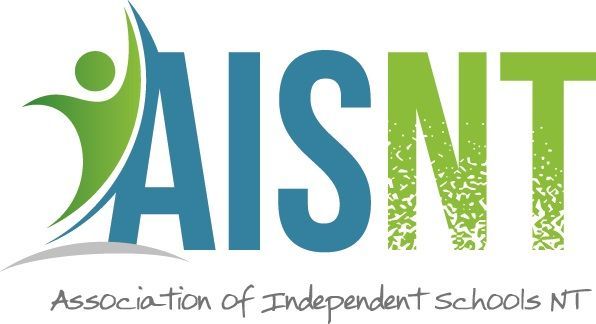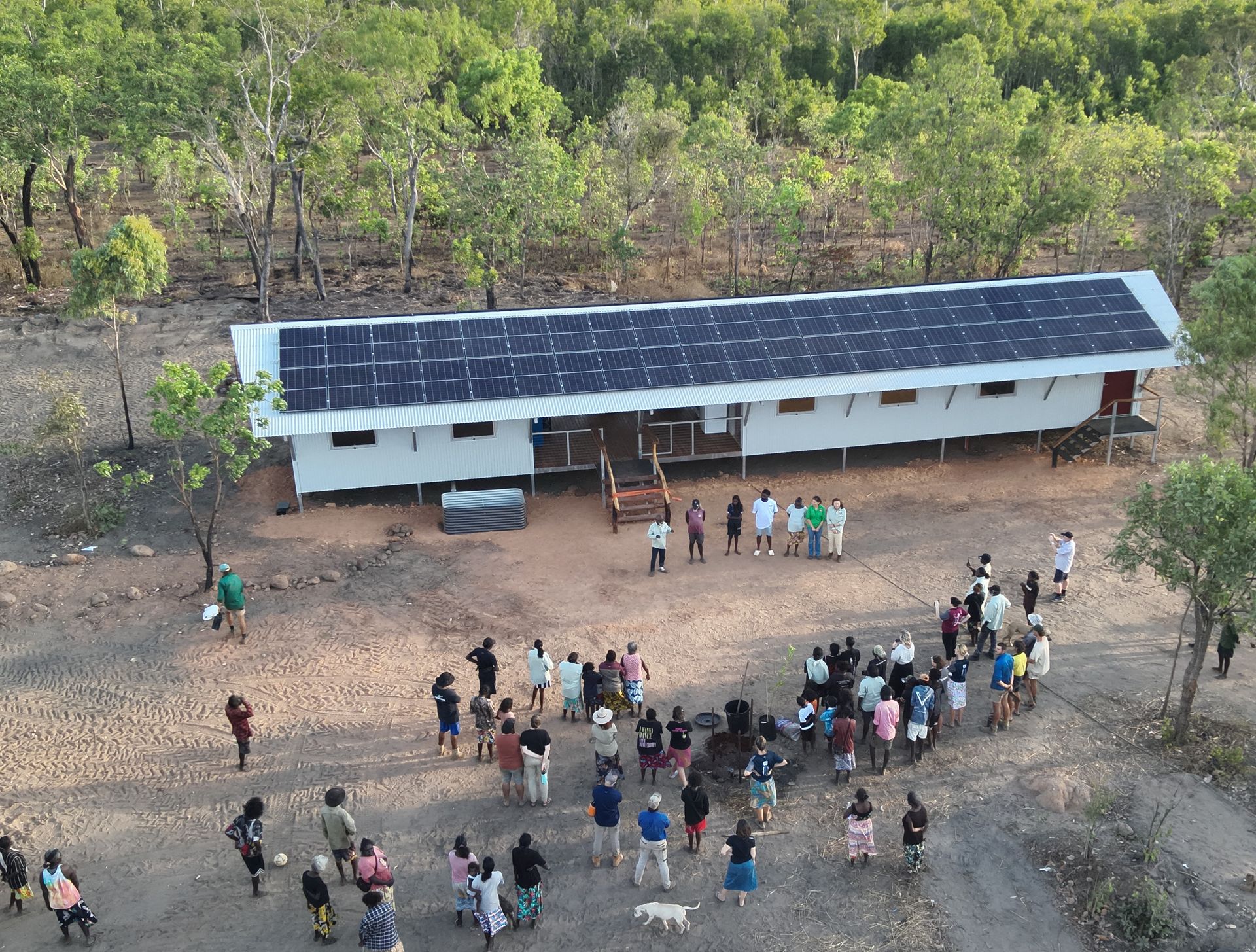First Islamic School in the NT
In Australia there is a tradition of various religious groups establishing schools which support their particular ideologies. There are good examples of this in the Northern Territory. Governments, both Territory and Federal, provide financial support for such schools and indeed many of our Non-Government schools (which includes Catholic Schools) are built on this basis.
This year it was exciting to see the opening of the Territory’s first Muslim School in Darwin. The first two Islamic schools in Australia were opened in 1983 the first being the King Khalifa Islamic College in Melbourne, which later became the Australian International Academy.
However, we do have an Islamic tradition in the NT found in the Islamic Centre in Alice Springs which is the oldest mosque in the country. It was built by Afghan cameleers almost 150 years ago. Today, like the Christian Community, the Muslim Community is very diverse.
The school is the realisation of a 25-year dream of The Most Eminent Iman Shaikh Abdul Quddoos Al Azhari, Grand Mufti of Australia. Iman Abdul Quddoos spent more than 10 years in Darwin and Northern Territory organising the Muslim communities. The school is situated in Berrimah on 50 acres. It is open to students of all faiths. At present the school has 35 students at primary level but there are plans for it to go to year 12. The aim of the school is based on traditional Islamic and family values but will also follow the Australian Curriculum. The school has three sister schools in Queensland.
Over the weekend I had an interesting conversation with one of our original school students. He is now in his mid-forties and has been a very successful Alice Springs businessman. We recalled the early days of the school. It was small, risky, hard work with all staff multi-tasking and working exceptionally hard. We were short of facilities and equipment and success required bags of good ideas and initiative. Staff were driven by the excitement of creating something new. There was a great feeling of unity of purpose, though there was no shortage of stress. There was no future in slavishly copying another school- it had to be ours. Of course, it was helped by staff meetings being conducted around a table with staff feeling privileged being part of a new creation.
Parents played a significant role even if it was only with their support of what was happening. When I think about it, I am amazed at these pioneering parents who enrolled their students, paid their fees without the school, as yet, having “any runs on the board” - its future was simply a dream.
It was not hard to inspire the brand-new student population as things were different from whence they had come, their uniforms were brand new, and the challenge was to keep them excited and motivated. There was the excitement generated by “I wonder what is next?” It was also worthwhile reinforcing that they were the pioneers of their new school, and no students would be the initial pioneers again. How exciting!
The new Australian International Islamic College will be going through this special time, and we all know it will provide rewarding memories for everyone.
ANALOGIES WHICH MAY BE USEFUL FOR STUDENTS AND STAFF
The life of a Principal is often sprinkled with analogies to assist in communication with Staff, Students and Parents. If the analogy can be presented as a vivid picture so much the better. The former student reminded me of analogies from 30 + years ago and how they had stuck in his mind. It is easy to just present a message with little colour and but it is then likely to fall on deaf ears. A really good but colourful, brief story will have the same effect- but it must be colourful.
A favourite of mine was a sailing ship. Initially the ship mast leave the harbour - for that is what ships are for. However, it was reassuring to remember that no sailors are the same, not everyone will have had the same start to the day, a percentage may have a minor crisis, but the ship must keep sailing. It is reassuring to a principal to remember that a ship needs on going “tweaking”, pulling a sail in even if it is only by a little or indeed letting it out a fraction. And then the wheel - the currents and winds will demand a good eye on the compass and the confidence to in fact turn the wheel, but also in the right direction.
Another good story was about Kairos and Chronos. Kairos was a minor Greek god of luck and opportunity. The story explains how if you don’t grab Kairos as he flies past you will miss the opportunity. Chronos is on the other hand, chronological time. It is an easy story to tell, illustrate and make a point particularly about opportunity.
“Elbow Grease “is another name for hard but well considered work. Take a brass pot. You cannot transform it and make it shine by simply looking at it. On the other hand with “elbow grease” and a soft rag you can improve it a little, but only a little. However, if you add Brasso to your rag you will in fact transform the pot. It is easy to actually do this in front of an audience.
Consider a Babushka Doll. As you take the Babushka Doll apart you can observe that people are like Barbushka dolls which have more inside than appears on the surface. However you have to look for it in others and also yourself. Babushka dolls are available and you can effectively demonstrate this.
Your Shot. When batting in cricket you have to play each ball in the way you consider best. There are probably several different ways of playing it - you need to make a choice. Several of the possible shots may have a good result. However if you don’t play a shot, you are likely to be bowled out. Having a cricket bat in your hand and demonstrating this is quite meaningful.
Manners. Good manners can be shown by everyone. Everyone can achieve 100% in manners. Manners are an outward show of consideration and thoughtfulness. Manners, like oil on a bicycle chain, make a real difference. Getting all in a school assembly to say hello to their neighbour makes the point effectively.
The Value of a Drop. Mother Teresa believed that what we do may only be a drop in the ocean, but without the drop the ocean is incomplete. The ocean consists of “squillions” of drops. Using an eye dropper and coloured water illustrates this well. One drop will hardly be seen, 30 drops can be seen.
Chris Tudor,
Principal Liaison & AISNT Historian



